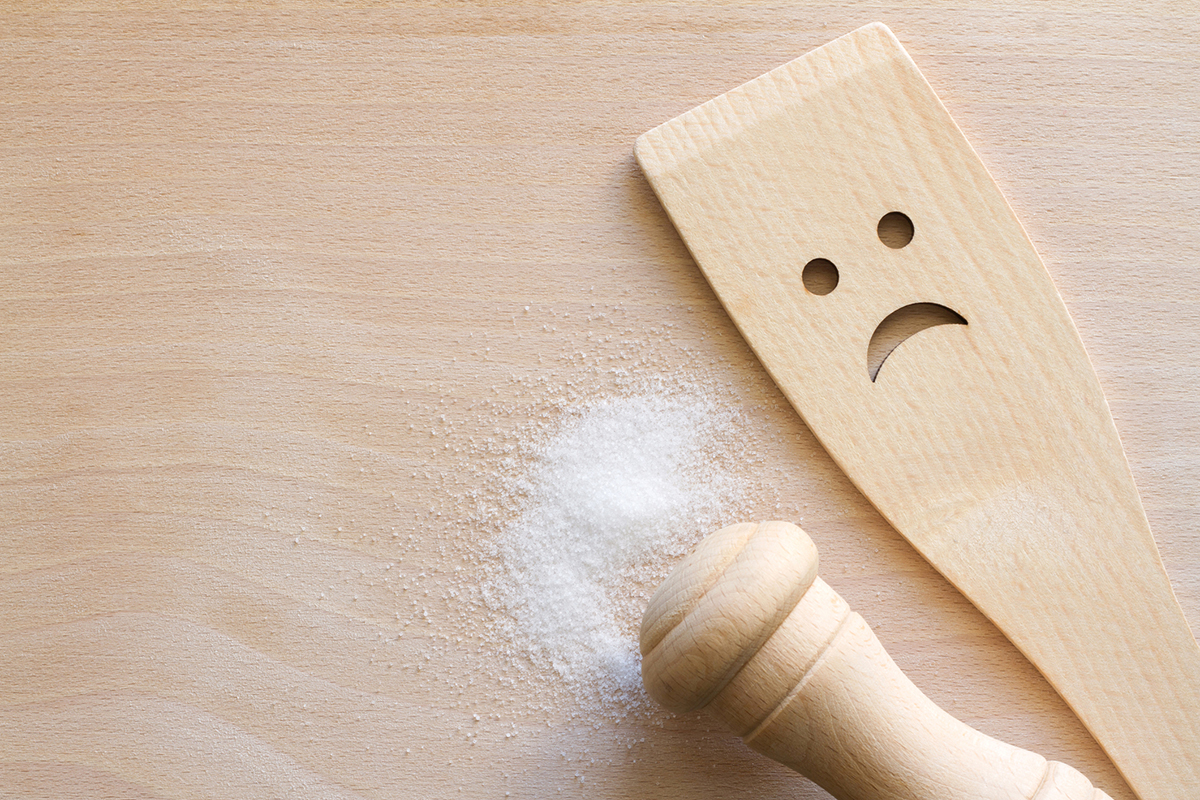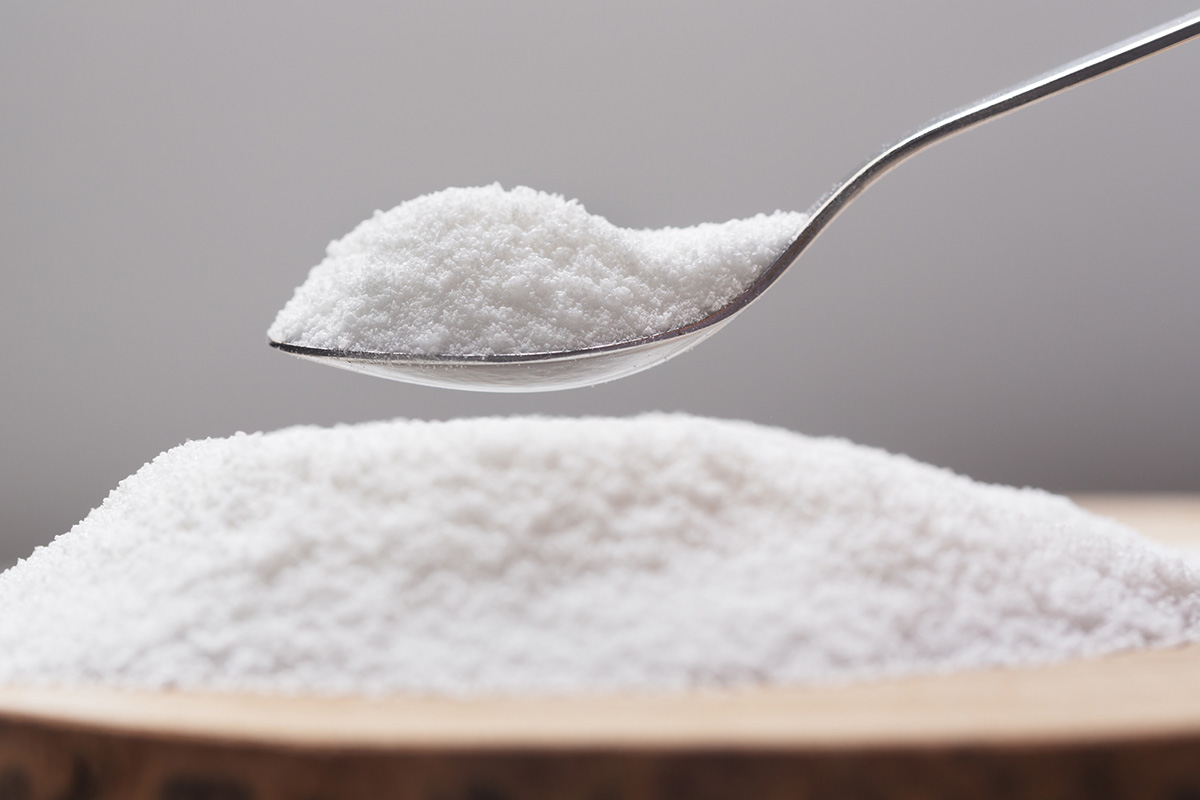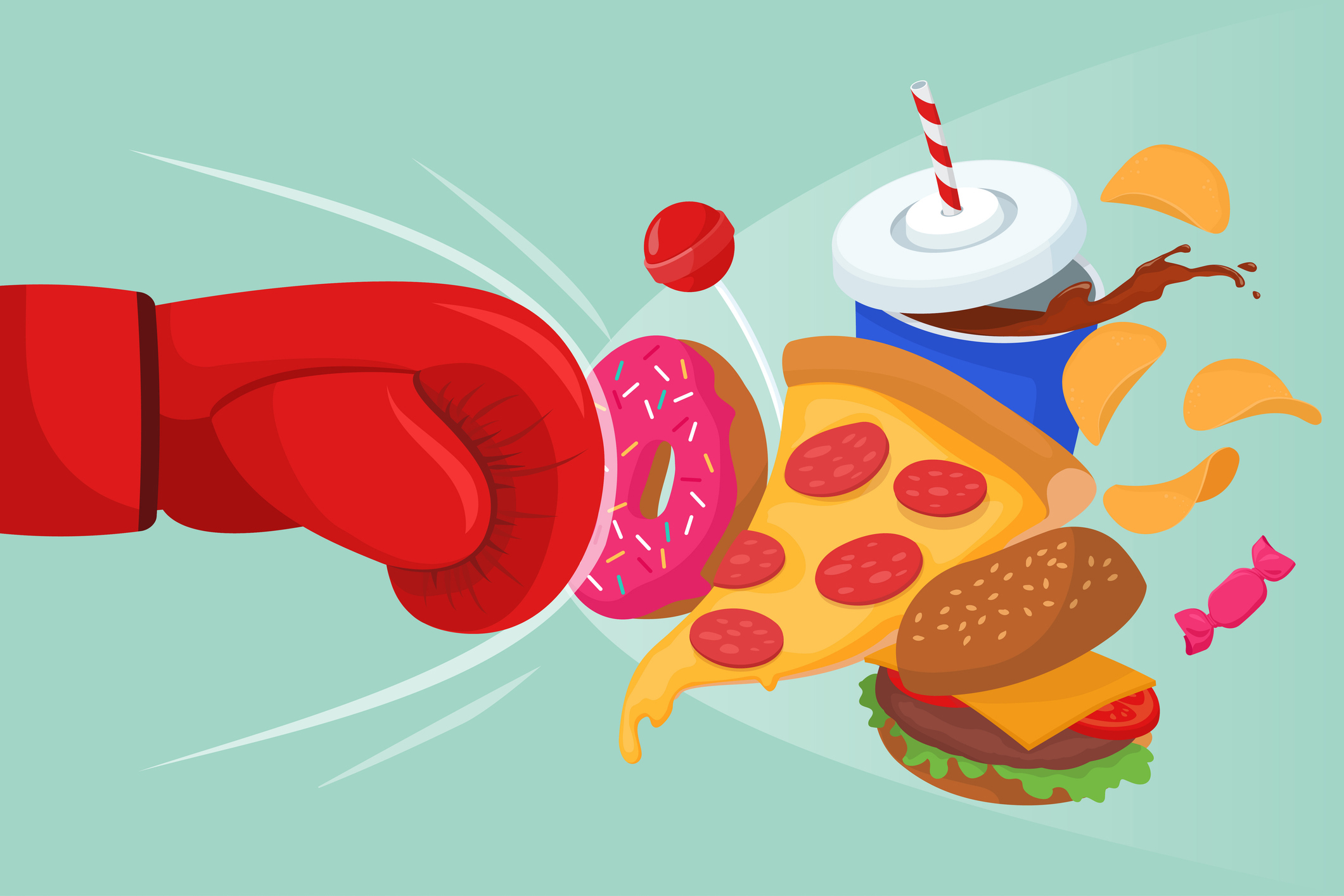It’s pretty standard nutrition advice that limiting sodium consumption is a good thing. The Dietary Guidelines for Americans urge adults to not exceed 2300 milligrams of sodium per day, equivalent to one teaspoon of salt. Americans consume on average, upwards of 3500 milligrams per day, and a sizable proportion of the population consumes far more.
And that doesn’t just mean what comes from a salt shaker. Sixty percent of the sodium we consume comes from processed foods. Consider these sources:
1 Big Mac: 1007 mg
1 8 oz. bag of potato chips: 1192 mg
1 large tub movie popcorn: 2650 mg
1 pkg instant ramen noodles: 1760 mg
1 slice pizza: 640 mg
1 burrito: 985 mg
1 cup Campbell’s cream of chicken soup: 820 mg
1 pastrami sandwich: 1051 mg
1 cup Quaker Instant Corn Grits: 325 mg
1 Margarita cocktail: 295 mg
But some have inveighed against one-size-fits-all advice about sodium restriction. James DiNicolantonio wrote a popular book with the contrarian title “The Salt Fix: Why the Experts Got It All Wrong–and How Eating More Might Save Your Life”. The book pitch contends:
“What if everything you know about salt is wrong? A leading cardiovascular research scientist explains how this vital crystal got a negative reputation, and shows how to lower blood pressure and experience weight loss using salt.”
Red Pen Reviews, a site that evaluates the scientific bona fides of diet and health books, had this to say about The Salt Fix:
“The book scored poorly in scientific accuracy because it makes overly confident claims based on weak studies, while ignoring stronger evidence and arguments that aren’t consistent with its message . . . Overall, the scientific evidence suggests that typical intakes of salt contribute to high blood pressure and probably cardiovascular disease, and limiting salt intake is probably healthy for most people.”
So how do we reconcile these seemingly disparate views on salt?
First, it’s important to acknowledge that there remains significant controversy over the role of dietary sodium in disease, just as there is about the consumption of saturated fats, red meat, coffee, alcohol, vegetable oils, etc.
Admittedly, it makes sense that excess sodium is a culprit in hypertension. It expands fluid volume, putting pressure on elastic arterial walls, which grow less compliant as we age (aptly named “hardening of the arteries”). Excess sodium puts stress on the kidneys, whose capacity to filter it out eventually declines. Sodium even revs the sympathetic nervous system, which causes arteries to constrict. There’s also evidence that it can exacerbate insulin resistance, which is a culprit in heart disease and stroke. High sodium intake disrupts nitric oxide signaling, impairing circulation; worse yet, it is associated with increased inflammatory response in adult patients.
Nevertheless, in the 2000s researchers began highlighting a “Goldilocks phenomenon” when it comes to salt’s relationship to hypertension and adverse health outcomes: too much bad, but too little also not good.
Some have described a “J-shaped curve” for sodium’s effects. At the left hand of the J, before it dips, there’s a slight increase in heart disease and mortality. In the mid-range of sodium consumption where the J is at its lowest point, people are healthiest. Past a threshold of moderate sodium intake, risk soars on the right of the J.
Some have criticized these studies because they may include unhealthy people already on sodium-restricted diets who have been warned of high blood pressure or heart risks. But there’s more to it than that.
For example, a 2017 study followed 2,632 men and women aged between 30 and 64 years for 16 years. At the start of the study, all had normal blood pressure. At the end of the study period, researchers found that those who consumed under 2,500 milligrams of sodium each day had higher blood pressure than those who consumed higher quantities of sodium.
Some have speculated that low sodium intake triggers a neurohormonal alarm that causes blood vessels to constrict to preserve normal blood pressure; it usually works well to compensate for limited sodium availability, but sometimes overshoots to paradoxically raise blood pressure too much.
Additionally, a 2010 article linked experimental administration of a low-sodium diet to insulin resistance—a predictor of diabetes and cardiovascular risk.
There’s evolutionary, cultural and historical evidence to support the concept that sodium is integral to human survival. The term “salary” comes from the Latin “sal” meaning salt. Ancient Roman soldiers and laborers were often paid in salt rations. Indigenous tribes in land-locked parts of Africa where salt was scarce sometimes traded gold dust for precious salt ounce-for-ounce with Arab and European traders.
Physical labor and exercise, especially in warm climates, dramatically depletes sodium via sweat. One study calculated sodium losses over a 10 hour course of outdoor work in a hot climate. Individuals lost a whopping 4.8–6 grams of sodium, equivalent to 10–15 grams (10,000 to 15,000 mg) of salt. Losses were forecasted to be even greater in unacclimatized individuals. It may therefore be that our current lowered threshold for salt consumption is merely a consequence of modern sedentary lifestyles and perpetual air-conditioned environments.
On the other hand, some studies, including a recent one, appear to reinforce the argument for universal sodium restriction. In this November 2023 trial published in JAMA, a total of 213 individuals aged 50 to 75 years, including those with normal blood pressure (25%), controlled hypertension (20%), uncontrolled hypertension (31%), and untreated hypertension (25%), were subjected to a low sodium diet (500 mg added sodium) followed by a high sodium (2200 mg added sodium) diet.
Note the research design attempts to refute the notion that only some people—those prone to hypertension—are beneficiaries of sodium restriction.
It found that all four groups experienced equivalent significant declines in systolic blood pressure while on the low-sodium arm of the study.
“The mean systolic BP difference between individuals allocated to a high-sodium vs a low-sodium diet was 8 mm Hg, which was mostly similar across subgroups of age, sex, race, hypertension, baseline BP, diabetes, and body mass index.”
So old or young, male or female, Caucasian or non-Caucasian, thin or fat, regardless of pre-existing diabetes or hypertension, everyone benefited equally!
Or so they’d have you believe. And how realistic is that any significant proportion of people would limit their sodium to a paltry 500 mg per day unless their lives literally depended on it?
In a more nuanced view, there’s evidence that, when it comes to sodium consumption, it’s different strokes for different folks. In a 2022 review entitled “Salt, Not Always a Cardiovascular Enemy? A Mini-Review and Modern Perspective”, the authors conclude:
“While excessive sodium intake is a public health concern, current evidence is truly heterogenous with regards to the extent of optimal sodium reduction to be implemented in the general population . . . when comparing moderate sodium consumption to low sodium restriction, moderate is better in the general population. While the beneficial effects in reducing BP levels are confirmed, a moderate or normal sodium consumption (3 to 6 g/day) appears optimal with regards to reducing cardiovascular risk, compared to both low and high-sodium diets.”
So how do we determine who should restrict? There clearly are “salt-sensitive individuals”. The problem is that there’s no reliable marker, either a convenient blood test or set of patient characteristics, that can reliably identify them. Eventually there may be genetic tests that predict adverse responses to an excessive dietary sodium burden, but we’re not there yet.
More important than sodium alone, it may be that the dietary sodium to potassium ratio is most predictive of hypertension and cardiovascular risk. A recent study suggests that, even when sodium consumption is relatively high, as in the Korean diet, a high potassium intake was protective against death from heart disease and stroke, as well as reducing overall mortality.
Complicating matters further, there are instances where higher sodium consumption may be beneficial. For example, boosting salt is one of the ways that individuals who suffer from postural orthostatic tachycardia syndrome (POTS)—a hallmark of Long Covid and Chronic Fatigue Syndrome—can overcome their lightheadedness and exertional intolerance.
Additionally, when undertaking a keto diet, very low in carbohydrates, the accompanying diuresis may result in symptoms of the “keto flu”—which can be alleviated by introducing more salt.
Actress Brooks Shields recently dished on her hospitalization for a seizure—prompted by overzealous hydration without adequate sodium replacement—resulting in hyponatremia (low blood sodium).
And keep in mind that with high-output exercise, fluid repletion with just water alone can prompt hyponatremia due to loss of minerals in sweat. Therefore, sodium-rich electrolyte drinks make sense for sports—but probably not merely for a leisurely walk to the mailbox with Fido.







